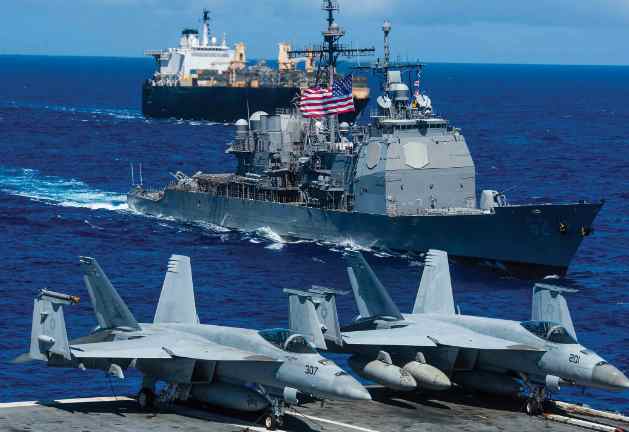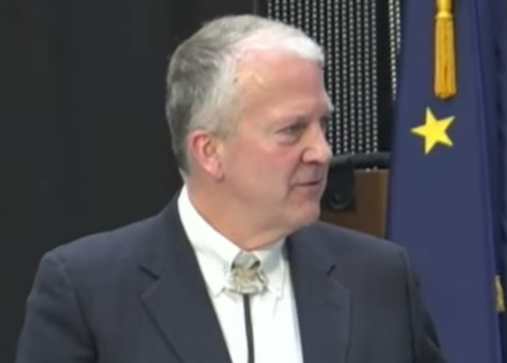 SILVERDALE, Wash — The U.S. Navy has completed a Final Supplemental Environmental Impact Statement/Overseas Environmental Impact Statement (EIS/OEIS) for Navy training activities in the Gulf of Alaska (GOA) and the document is now available for public review.
SILVERDALE, Wash — The U.S. Navy has completed a Final Supplemental Environmental Impact Statement/Overseas Environmental Impact Statement (EIS/OEIS) for Navy training activities in the Gulf of Alaska (GOA) and the document is now available for public review.
In the Final Supplemental EIS/OEIS, the Navy is proposing to continue periodic military training activities in the Gulf of Alaska Temporary Maritime Activities Area and Western Maneuver Area, collectively referred to as the GOA Study Area.
In accordance with National Environmental Policy Act regulations, the Navy will wait a minimum of 30 days after publication of the Final Supplemental EIS/OEIS before making a final decision on which action alternative to implement.
Proposed activities under the Preferred Alternative include the use of active sound navigation and ranging, known as sonar, in the Temporary Maritime Activities Area, and weapon systems that may use non-explosive or explosive munitions at sea. The Navy would continue to implement mitigation measures to avoid or reduce potential impacts on marine species and the environment from training activities, including the implementation of a new mitigation area within the continental shelf and slope of the Temporary Maritime Activities Area.
The Final Supplemental EIS/OEIS includes the analysis of at-sea training activities projected to meet readiness requirements beyond 2022 and into the reasonably foreseeable future, and reflects the most up-to-date compilation of training activities deemed necessary to accomplish military readiness. These activities were previously analyzed in the March 2011 Final GOA Navy Training Activities EIS/OEIS and the July 2016 GOA Final Navy Training Activities Supplemental EIS/OEIS.
The Navy prepared this document to support the renewal of federal regulatory permits and authorizations required by the Marine Mammal Protection Act and the Endangered Species Act.
The completion of the Final Supplemental EIS/OEIS follows years of research, analysis, stakeholder and tribal engagement, and public involvement.
Changes made in the Final Supplemental EIS/OEIS reflect the Navy’s consideration of all substantive comments received during public scoping in 2020 and public comment periods in 2021 and 2022; information provided during ongoing regulatory consultation processes; and new, relevant information and updated scientific literature published since the release of the Draft Supplemental EIS/OEIS and Supplement to the Draft Supplemental EIS/OEIS.
New information includes an updated acoustic effects model, updated marine mammal density data and sea turtle hearing criteria, and other emergent best available science.
Availability of the Final Supplemental EIS/OEIS for public review:
The Navy invites you to view the Final Supplemental EIS/OEIS, which is available at www.GOAEIS.com.
If you have questions or require additional information, please visit www.GOAEIS.com or contact:
Naval Facilities Engineering Systems Command Northwest
Attention: GOA Supplemental EIS/OEIS Project Manager
1101 Tautog Circle, Suite 203
Silverdale, WA 98315-1101
-USN-[content id=”79272″]





